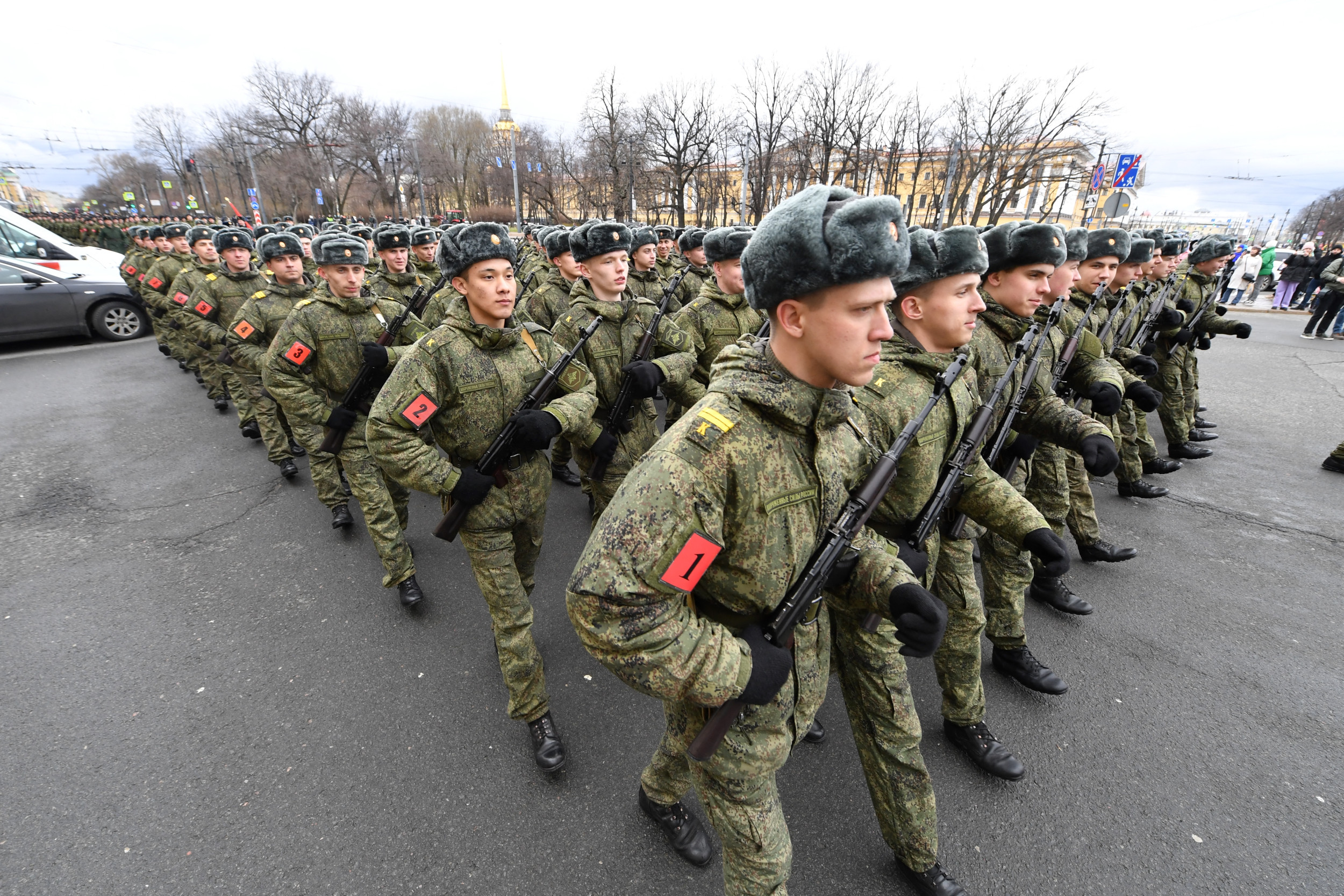In recent weeks, events on and about university campuses have become part of our national discourse. Many questions have been asked about the role of universities in our society and the values they instill in youth, especially as we witness an alarming rise in overt antisemitism among some college students.
America is the furthest thing from Nazi Germany, and these times are not those times. But there is much to be learned from the past, including lessons on human nature from events 90 years ago when the Nazis took power that are relevant for us today.
It's important to remember the German university system was very different from ours, but like today's prestigious universities it had a revered place in society.

Today if you are walking in the center of Berlin, you might accidentally come across a glass-covered square hole in the ground that allows you to see, deep under the street, an empty library. It memorializes an event early in the Nazi era—eight years before Hitler's regime began the mass murder of Jews. Part of the memorial's power is that it's not monumental. You don't see it coming. It isn't physically jarring but very much emotionally so.
The empty library evokes the events of May 10, 1933, just 100 days after Hitler assumed power in Germany, following a series of elections. Students at universities across Germany aimed to demonstrate their enthusiasm for the new regime and its ideology in nationwide book burnings that were so shocking they garnered significant international attention. The Nazi German Student Association, established by the Nazi Party in 1926 during the Weimar Republic to inculcate racial antisemitic ideology and prepare future soldiers, created blacklists of works by literary and political figures deemed "un-German."
On that May day, in 34 cities across Germany, university students created bonfires where they ceremonially burned books by these authors—those who were Jewish or espoused democratic or socialist ideas. That included everyone from Karl Marx to Ernest Hemingway. Even books by Helen Keller who wrote a letter to the students, saying "History has taught you nothing if you think you can kill ideas. Tyrants have tried to do that often before, and the ideas have risen up in their might and destroyed them." The students also burned books by German-Jewish poet Heinrich Heine who wrote in 1821, "Where they burn books, they will also ultimately burn people."
The Nazis recognized the importance of youth in advancing their ideology and shaping the future of the new Germany and the racial utopia they were building. The nationwide blacklist and ritualistic book burnings were one effort among many by the Nazis to achieve this goal. A month before the book burnings, the new Nazi government passed the "Law for the Restoration of the Professional Civil Service" which dismissed all civil servants who were Jews or "politically undesirable"—this included faculty at universities who were civil servants. Emboldened by the new law, members of the Nazi German Student Association often tried to stop lectures, provoke fights, and create a climate of intimidation for Jewish students. This behavior was encouraged by the Nazi party and accepted by university administrators.
From their assumption of power, the Nazis used a combination of propaganda, laws, intimidation, and violence to create a Volksgemeinschaft—a people's community that would embody their racial utopia. This was their vision of a future that would restore Germany's unity, honor, pride, and security. The Volksgemeinschaft would tolerate no diversity of race, ideas, or behavior. It was an "us vs. them" society. Gay men, Jehovah's Witnesses, and those with liberal ideas would be targeted. Roma and Germans with physical and mental disabilities would be killed. And two out of three European Jews would be systematically murdered through a variety of means including gassings and mass shootings— solely because they were Jews and considered a "racial threat."
All societies focus on youth as a means to influence the future. The timeless question is what kind of future they are being prepared for.
Stuart E. Eizenstat is the chairman of the United States Holocaust Memorial Council and served as chief White House domestic policy advisor to President Jimmy Carter and as U.S. ambassador to the European Union under President Bill Clinton.
Sara J. Bloomfield joined the project to create the United States Holocaust Memorial Museum in 1986 and has served as the Museum's director for 25 years.
The views expressed in this article are the writers' own.
Uncommon Knowledge
Newsweek is committed to challenging conventional wisdom and finding connections in the search for common ground.
Newsweek is committed to challenging conventional wisdom and finding connections in the search for common ground.
About the writer
To read how Newsweek uses AI as a newsroom tool, Click here.








